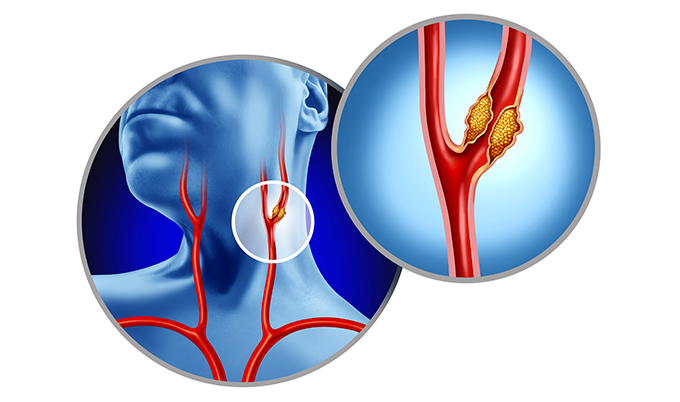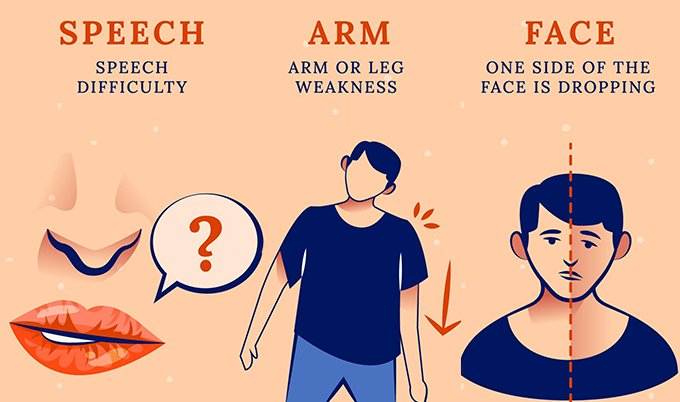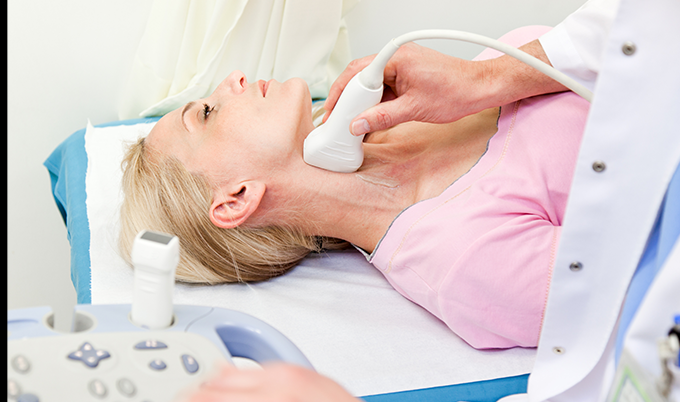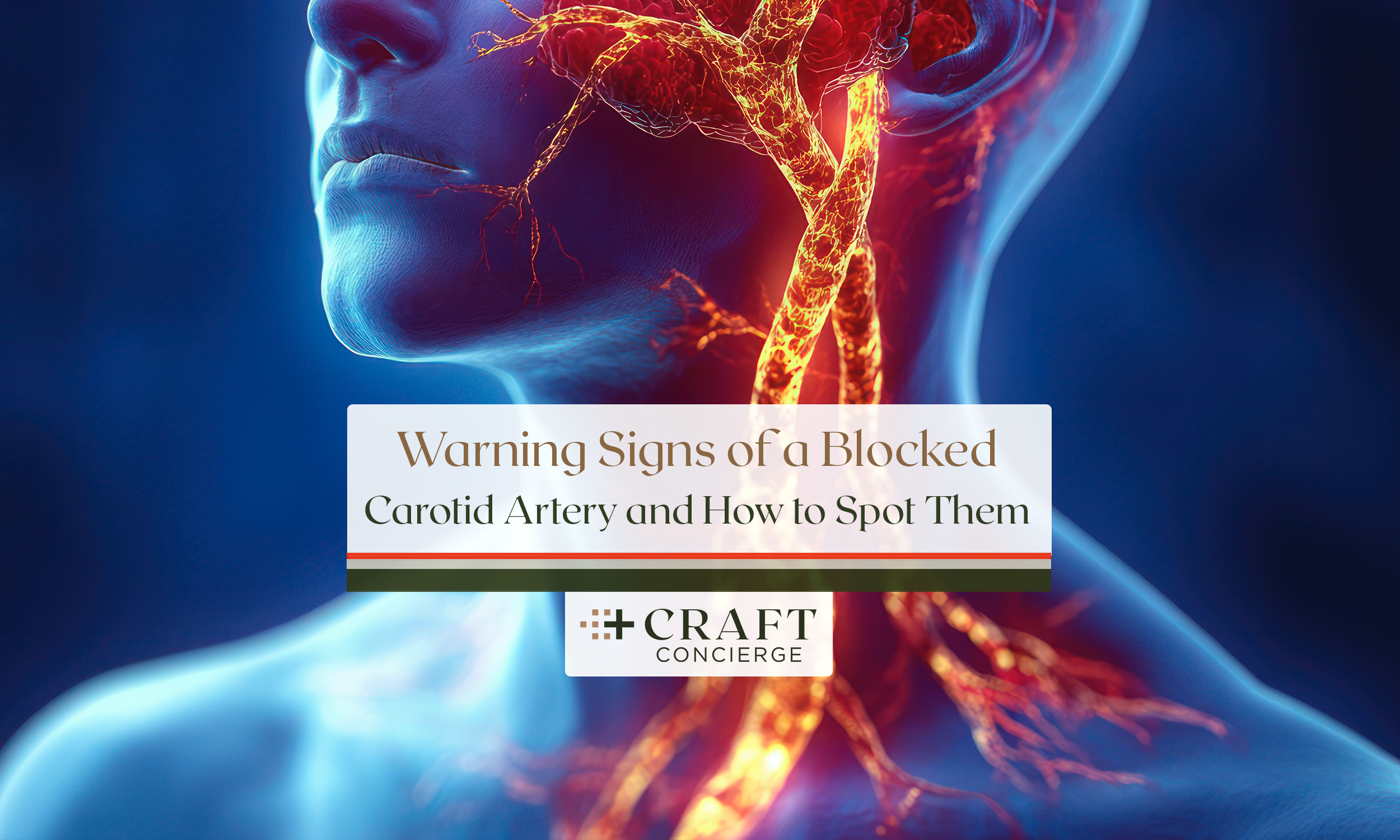Your carotid arteries play a vital role in keeping your brain healthy. These major blood vessels, located on either side of your neck, deliver oxygen-rich blood straight to your brain. When these arteries become blocked, it’s like closing off the main highway for your brain’s blood supply. The consequences can be severe, leading to strokes that can change your life forever.
But here’s the good news: spotting the warning signs early and taking proactive steps can make all the difference. In this blog, we’ll break down the key warning signs of a blocked carotid artery, explain why it happens, and guide you through how these blockages are assessed. Let’s empower you to take charge of your health.

What is a Blocked Carotid Artery?
A blocked carotid artery occurs when plaque builds up inside the artery walls. This plaque is made up of cholesterol, fat, calcium, and other substances that can clog your arteries over time, a condition known as atherosclerosis. When the carotid arteries narrow, they limit blood flow to your brain, significantly increasing your risk of a stroke.
What’s tricky about blocked carotid arteries is that they often develop silently. You might not notice anything until the blockage becomes severe enough to cause symptoms. That’s why early detection is so important. The sooner you identify and address a blockage, the better your chances of avoiding a stroke.
Warning Signs of a Blocked Carotid Artery

While many blockages show no symptoms, there are some key warning signs to watch for. These can happen suddenly and may even feel like a false alarm. Don’t ignore them—your body is trying to tell you something. Here are the most common signs:
Transient Ischemic Attacks (TIAs)
Often called “mini-strokes,” TIAs are temporary episodes that mimic stroke symptoms but resolve within minutes or hours. Symptoms include:
- Numbness or weakness in your face, arm, or leg, especially on one side of the body.
- Sudden confusion or trouble understanding speech.
Sudden Vision Changes
You might experience blurred vision or even temporary loss of vision in one eye, known as amaurosis fugax. This can feel like a curtain is coming down over your field of vision.
Dizziness or Loss of Balance
Feeling faint or unsteady can be a sign of reduced blood flow to your brain. While dizziness can have many causes, it’s worth checking out if it’s new or severe.
Difficulty Speaking
Slurred speech or trouble finding the right words can be alarming. If you’re suddenly unable to communicate clearly, it’s time to seek medical attention.
Severe Headaches
A sudden, intense headache that feels different from your usual headaches can indicate a problem, especially if it’s accompanied by other symptoms.
Carotid Artery Assessment: How to Identify Blockages
If you or a loved one shows any of these warning signs, it’s essential to get assessed. Modern medical tools make it easier than ever to detect blockages before they lead to a stroke. Let’s look at some common methods.
What is a Common Carotid Artery Test?
- Carotid Ultrasound
- This non-invasive test uses sound waves to create images of your carotid arteries. It can detect narrowing or blockages and measure how well blood flows through the arteries.
- CT or MRI Angiography – These advanced imaging techniques provide detailed pictures of your carotid arteries, allowing doctors to assess the severity of blockages.
- Physical Examination – During an initial screening, a doctor might feel your neck to check for visible pulsations or listen with a stethoscope for unusual sounds.
What is the Nursing Assessment for Carotid Artery?
Nurses often play a critical role in early detection. Here’s how they assess carotid arteries:
- Positioning the Patient: Ensuring the neck is visible and accessible.
- Inspection: Looking for any swelling or abnormal pulsations.
- Palpation: Feeling for the carotid pulse, one side at a time.
- Auscultation: Using a stethoscope to listen for bruits, which are abnormal sounds caused by turbulent blood flow.
How Do You Assess the Carotid Artery?
Here’s a step-by-step look at the assessment process:
- Inspection – Check for visible pulsations or swelling in the neck.
- Palpation – Gently press on one carotid artery at a time to feel the pulse. Never press both sides simultaneously, as this can reduce blood flow to the brain.
- Auscultation – Place the stethoscope over the carotid artery and ask the patient to briefly hold their breath. Listen for a “swishing” sound, which could indicate a narrowing or blockage.
When Assessing the Carotid Arteries, the Nurse Should:
- Avoid excessive pressure, especially in older adults or those with known cardiovascular issues.
- Be cautious and gentle to prevent complications.
What are Normal Findings for Carotid Artery Assessment?
- Normal Pulse: A steady, moderate-strength pulse that’s the same on both sides.
- No Bruits: A smooth blood flow without the “swishing” sound of turbulence.
How Do You Assess for a Carotid Artery Bruit?
A carotid bruit is a sign of narrowing. To check for it:
- Place the stethoscope over the artery.
- Ask the patient to hold their breath to minimize background noise.
- Listen for a whooshing or swishing sound, which may indicate turbulent blood flow caused by a blockage.
How to Describe a Normal Carotid Pulse
A healthy carotid pulse is regular, symmetric, and easy to feel. Weak or absent pulses can signal a problem and should be investigated further.

Why Early Carotid Artery Assessments are Vital and How You Can Get One
The key to preventing strokes and severe complications is early detection. Blockages can often be treated with lifestyle changes, medications, or surgical procedures like carotid endarterectomy (a surgery to remove plaque). Early assessment not only reduces the risk of stroke but also gives you peace of mind knowing that you’re taking control of your health.
Craft Concierge—a Direct Primary care leader in preventive health—understands this, so they make it easy. Both their Vitality and Longevity membership plans include access to advanced tests like carotid artery assessments, giving you the tools to detect potential issues early. Along with a range of other comprehensive health screenings, these plans empower you to take charge of your well-being and work toward a healthier future. Why wait? Join Craft Concierge today and make your health—and especially your heart—a top priority.




